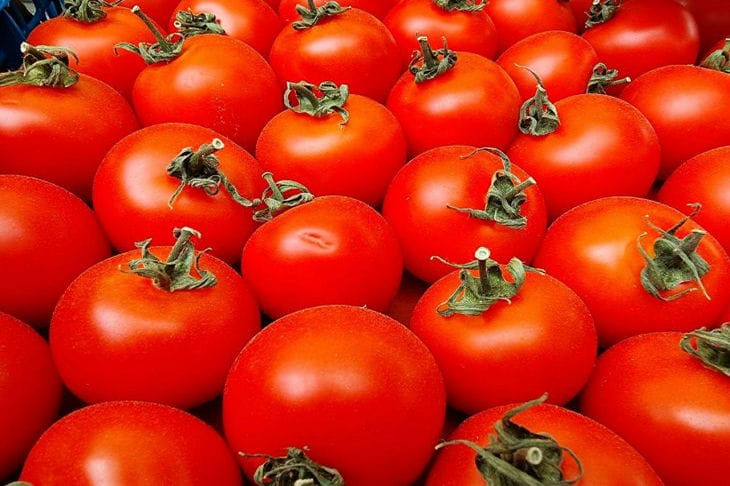Tomato leaves that begin to dry out are an alarming signal for any gardener, indicating problems with the development of the plant.
The reasons for leaf wilting can be varied: lack of nutrients, diseases, pests, improper care.
In most cases, timely feeding helps restore the health of tomatoes and get a good harvest, says Anastasia Kovrizhnykh .

Potassium deficiency
One of the most common reasons for tomato leaves to dry out is potassium deficiency.
This element plays an important role in the plant’s water exchange, increasing its resistance to drought and disease.
With a lack of potassium, tomato leaves turn yellow at the edges, then turn brown and dry out, starting from the lower tiers.
To replenish the potassium deficiency, it is recommended to feed tomatoes with potassium nitrate, potassium sulfate or wood ash.
Phosphorus deficiency
Phosphorus is necessary for tomatoes to develop their root system, bloom and bear fruit.
When there is a deficiency, the leaves acquire a purple tint, become small and curl.
Plant growth slows down, flowering and fruit formation are delayed. Superphosphate, bone meal or phosphate rock can be used as a source of phosphorus.
Magnesium deficiency
Magnesium is involved in the process of photosynthesis and affects the formation of chlorophyll.
When there is a deficiency, tomato leaves turn yellow between the veins, then turn brown and dry out. Magnesium deficiency is most often observed in acidic soils.
To replenish it, it is recommended to use magnesium sulfate or dolomite flour, which also reduces soil acidity.
Nitrogen deficiency
Nitrogen is necessary for the growth of green mass and plant development. When there is a deficiency, tomato leaves become pale green, then turn yellow and fall off.
The stems become thinner, the plant looks weak and depressed. Urea, ammonium nitrate or organic fertilizers, such as manure, humus, compost, can be used as a source of nitrogen.
Complex fertilizers
To provide tomatoes with all the necessary nutrients, it is recommended to use complex mineral fertilizers, which include nitrogen, phosphorus, potassium and microelements. Fertilizers are applied according to the instructions on the package, taking into account the phase of plant development and the condition of the soil.
Foliar feeding
Foliar feeding is an effective way to quickly deliver nutrients to tomato leaves.
For this purpose, solutions of mineral fertilizers or microelements are used, which are sprayed on the leaves of the plant. This method is especially useful in case of deficiency of microelements, such as iron, manganese, boron.
Organic fertilizers
Tomatoes can get the nutrients they need from organic fertilizers such as manure, humus, and compost.
They improve the structure of the soil, increase its fertility and promote the development of beneficial microflora. Organic fertilizers are added to the soil before planting tomatoes or used as mulching material.
Earlier we wrote about how to get rid of bindweed in the garden.









